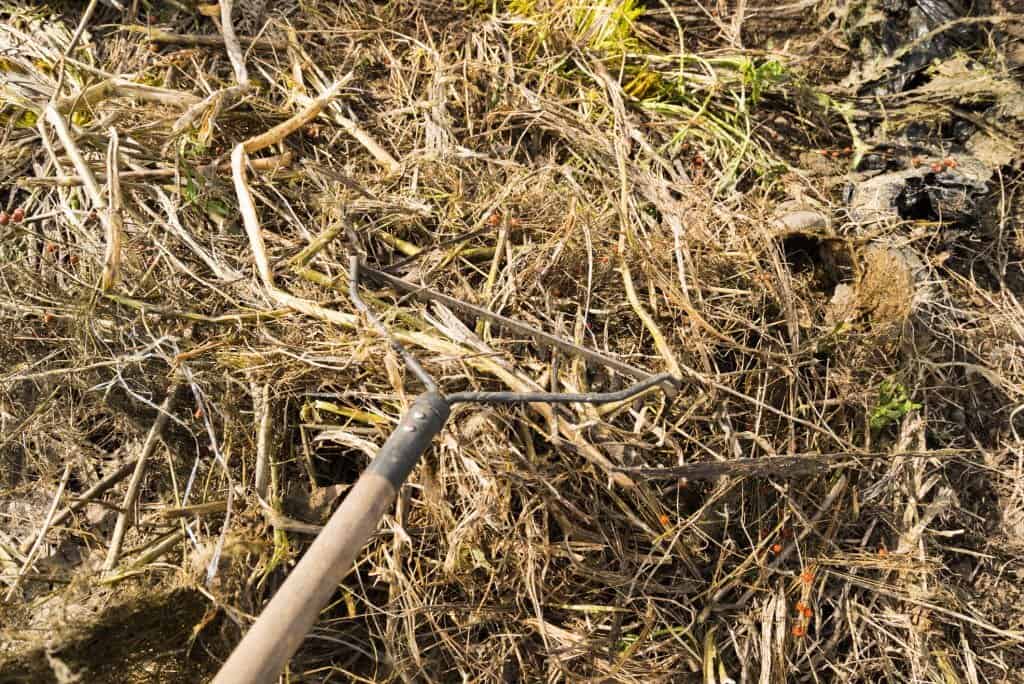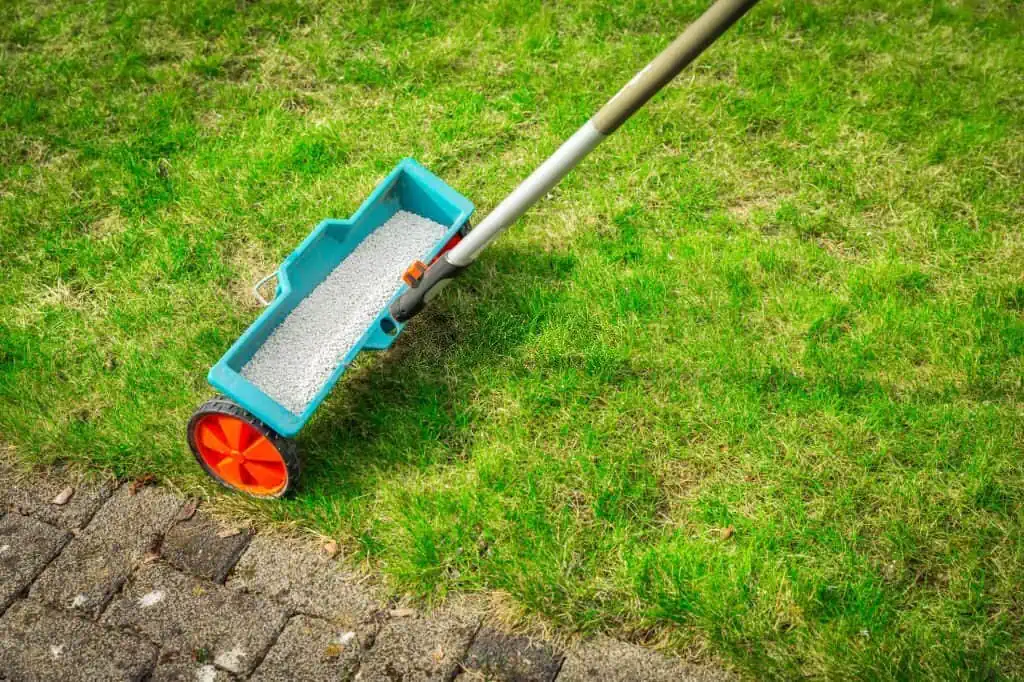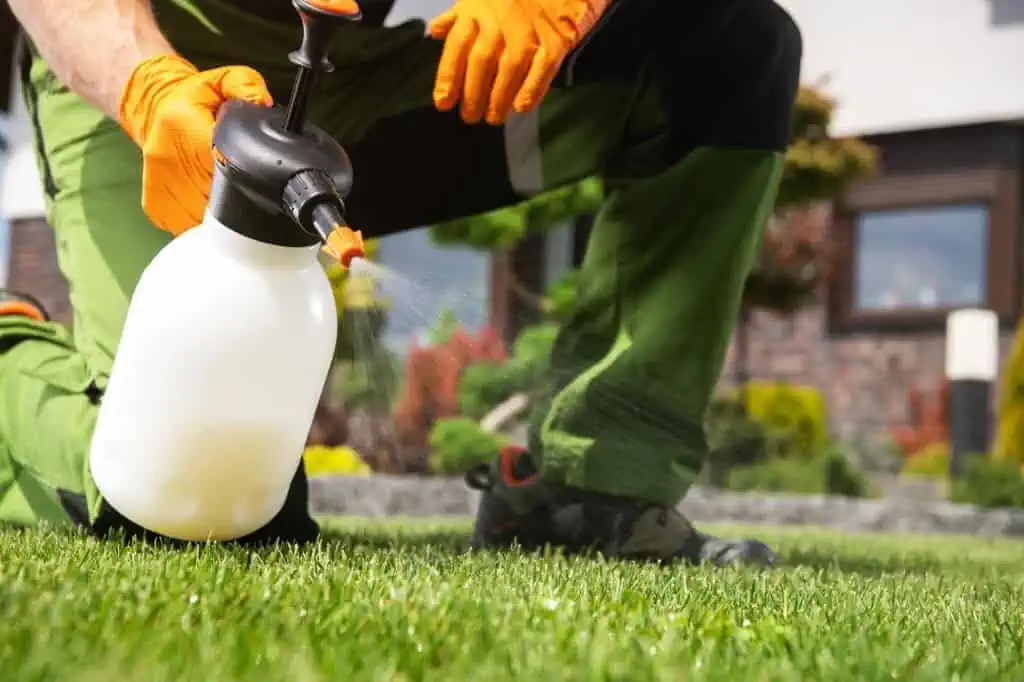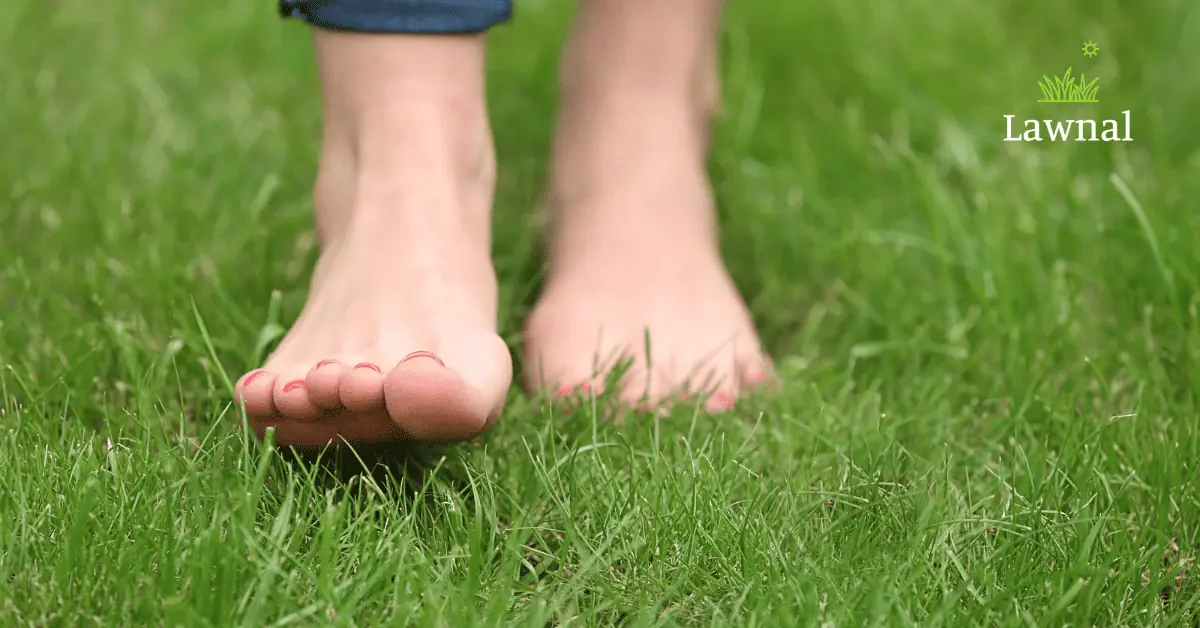Also called Zoysigrass, Zoysia Grass is a popular variety of lawn grass that does exceptionally well in warm climates. It may have originated in Japan but has been a primary grass type in the United States for over a century. Zoysia grass has a resilient build, strength, and appeal, making it an upmarket choice for home lawns.
Every homeowner appreciates a thick, green lawn that remains the envy of the neighborhood. Zoysia can help you achieve that, even if you must be patient to watch it grow. While Zoysia has many qualities, many ask whether it spreads over a yard or where it’s planted.
This article provides answers and discusses how this special grass spreads.
Does Zoysia Grass Spread?
Yes, Zoysia grass spreads. When planted, you might not know it at first, but the grass spreads through stolons and rhizomes. That makes it stand out from other grass types that spread through only one method. Once this grass is established, it grows thicker by the day and spreads faster than many other grasses.

Thanks to the spreading method of the Zoysia grass, it is constantly stable in warmer climates and among people who have children. Also, if you have a lawn prone to heavy foot traffic, you’d want the grass in your yard to be Zoysia. That’s because it’s hard to roughen the lawn, thanks to turning and twisting rhizomes and stolons.
In case you’re wondering, rhizomes are an underground system of stems that grow new lateral shoots and adventitious roots, while stolons are above-ground stems. Further, stolons grow horizontally along the ground.
How to make your Zoysia Spread Quickly
Zoysia is a spectacular grass to have around your home. So if you’re looking for ways to make it grow thicker and spread faster, the following tips will help you.
1. Remove any Thatch Build up

Thatch build-up is common to various types of grass, and Zoysia is no different. It can develop a layer of thatch containing living and dead plant matter. These materials can become tightly packed, impeding the grass blades from meeting the soil. As a result, the Zoysia grass roots struggle for water, air, and nutrients.
If you want healthy-growing grass, remove any thatch build-up on your lawn. Do that to improve your Zoysia’s ability to become thicker and spread more easily and quickly. If you must, borrow a dethatching machine or vertical mower from your local garden store. Alternatively, use a hand rake if you have a small yard.
2. Aerate the Ground
Air is just as important as the water and nutrients your Zoysia lawn needs to survive and thrive. Air is critical to the health of your Zoysia lawn because the roots receive oxygen from the soil. Also, air helps prevent fungus growth.
When your soil gets packed and clumpy from mowing, foot traffic, and rain, air will not penetrate the soil. That’s where an aerator comes in. Use one to loosen up your compacted soil. Aerators will poke holes in the ground so that oxygen can reach the roots.
3. Water Your Lawn Deeply
Zoysia is a resilient grass, but it doesn’t happen overnight. You need to establish a robust root system by deeply watering the grass. Like other warm-season grass, Zoysia handles drought very well however, deep watering is still important in drought-prone areas.
Further, deep watering is a practice that forces the Zoysia’s roots to grow longer, deep into the soil. That encourages more accessibility to water. Ensure the ground gets soaked to about 2 – 3 inches deep.
4. Fertilize Lawn

Alongside natural nutrients, your Zoysia lawn needs more nutrition from quality fertilizers to grow thick and spread faster. However, take some precautions since excess phosphorus in the soil makes it difficult for Zoysia to consume the micronutrients it needs to survive. That includes iron and zinc.
If you’re in the market for fertilizers for your lawn, get one with relatively low phosphorus. A 15-0-15 fertilizer is reportedly an excellent fit for many Zoysia lawns.
5. Mowing to Perfect Size
Mowing is another thing you must do on the Zoysia grass. Thankfully, it copes better than other sensitive grasses, so you can use a heavy lawnmower on well-established Zoysia grass with little hesitation. Don’t stop at mowing your lawn, though.
Go over your mowed lawn to pick up the clumps of cut grass left behind. If you leave them on the lawn, disease, and fungus can form, killing the live grass growing under them. Further, leftover clumps of grass can block sunlight, which could be terrible, considering Zoysia needs six hours of sunlight daily. Also, cut Zoysia at most one-third of the blade height.
6. Deal With Weeds

Thanks to tightly packed roots and stems, weeds are less of an issue with Zoysia than many other types of grass. Still, several undesirable weeds can feature on your lawn, including clover, dandelions, and wild onions. When they crop up in your grass, you must remove them carefully.
You can manage the weeds without harming your grass using a phosphorus-free fertilizer, which can help the roots and stems grow even tighter together. You can also try applying specifically manufactured pre-emergent chemicals for Zoysia in the spring and fall. When you use it at these times, you’ll deal with the issue before harsh winds pop up.
Conclusion
Zoysia grass is one species built to spread, and it does so naturally. You must be patient with the grass because the seeds germinate in 14 – 21 days. Further, it can take up to three years for this grass to spread enough. So if you’re thinking of hosting an event or playing much on it, you’ve got to wait.
You can play your part to enhance a quick and thick spread by removing thatch, aerating, watering, fertilizing, mowing, and dealing with weeds. Now that you know this, ensure your Zoysia lawn gets adequate sunlight for six hours or more daily for strong establishment.
Additionally, Zoysia is not very shade-tolerant if you’re thinking of planting it somewhere without the full glare of sunlight.





